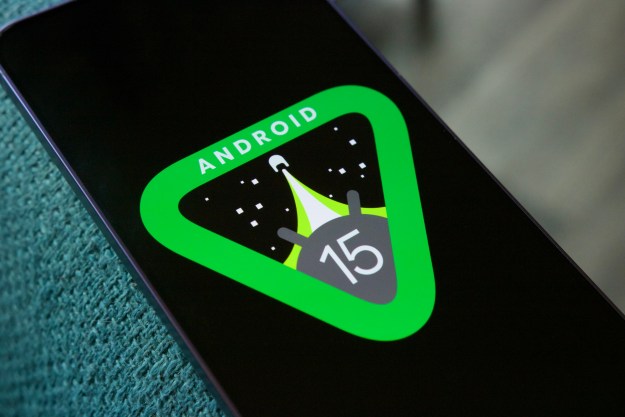If you woke up yesterday morning and found your Google Home device wasn’t working properly, you weren’t alone — users were prevented from interacting with their Google-based smart devices, and no amount of resetting and tinkering with options fixed the problem.
There’s now a patch in place. Google reported this afternoon via Twitter that you can reboot your Google Home or Chromecast device to get it up and running right away, or wait a few hours for the fix to kick in automatically.
We have a fix for Google Home and Chromecast. It will automatically roll out within the next 6 hours. To get back up and running now, reboot your device → https://t.co/CM4ov63F46. Thanks for sticking with us!
— Made by Google (@madebygoogle) June 27, 2018
What prompted the problem in the first place? Google has vaguely explained in an email sent to all owners of Google Home and Chromecast devices.
“We found a glitch with one of our backend systems and spent the day working hard to get everyone back up and running,” the company said in the email. “It’s frustrating when technology doesn’t work the way it should, especially when you’re depending on it. We’re sorry that happened.”
The problem stopped the user from completing any interaction with Google Home and Chromecast devices. According to a thread on the r/GoogleHome subreddit,
It was pretty obvious if any of your devices were suffering from the problem. If using a Google Home, “Hey, Google” commands were being followed by messages that the Home device is not yet set up, that a problem has been encountered, or a glitch occurred. If you were using a Chromecast, you may have found that it wasn’t found for streaming — as per numerous early complaints — or that it simply refused to boot up. That being said, not all devices were affected.
One Reddit commenter suspected that a recent update to add Spanish may have caused the issue, and noted that their units were fine until the update dropped earlier.
The Made By Google Twitter account was inundated with questions about the issue, and put out the following statement early yesterday:
Hey there, thanks for reaching out ― we're already aware of this and are working on it. We'll keep you posted once we get a fix.
— Made by Google (@madebygoogle) June 27, 2018
The interconnectivity of various smart devices is something of an Achilles’ heel for many companies, as their nature means that one issue can ripple all the way through the ecosystem before anyone has the chance to notice it. Still, Google’s smart home devices have been relatively stable compared to Amazon’s Alexa, which recently told users “every time I close my eyes, all I see is people dying,” and has previously burst out laughing for no discernible reason.
Editors' Recommendations
- Google fumbled what could have been its biggest product in years
- This is what Google Maps’ big redesign looks like
- Google Photos is about to get a big AI upgrade
- A new Google Pixel Tablet is coming, but it’s not what you think
- The most common Google Home problems and how to fix them


